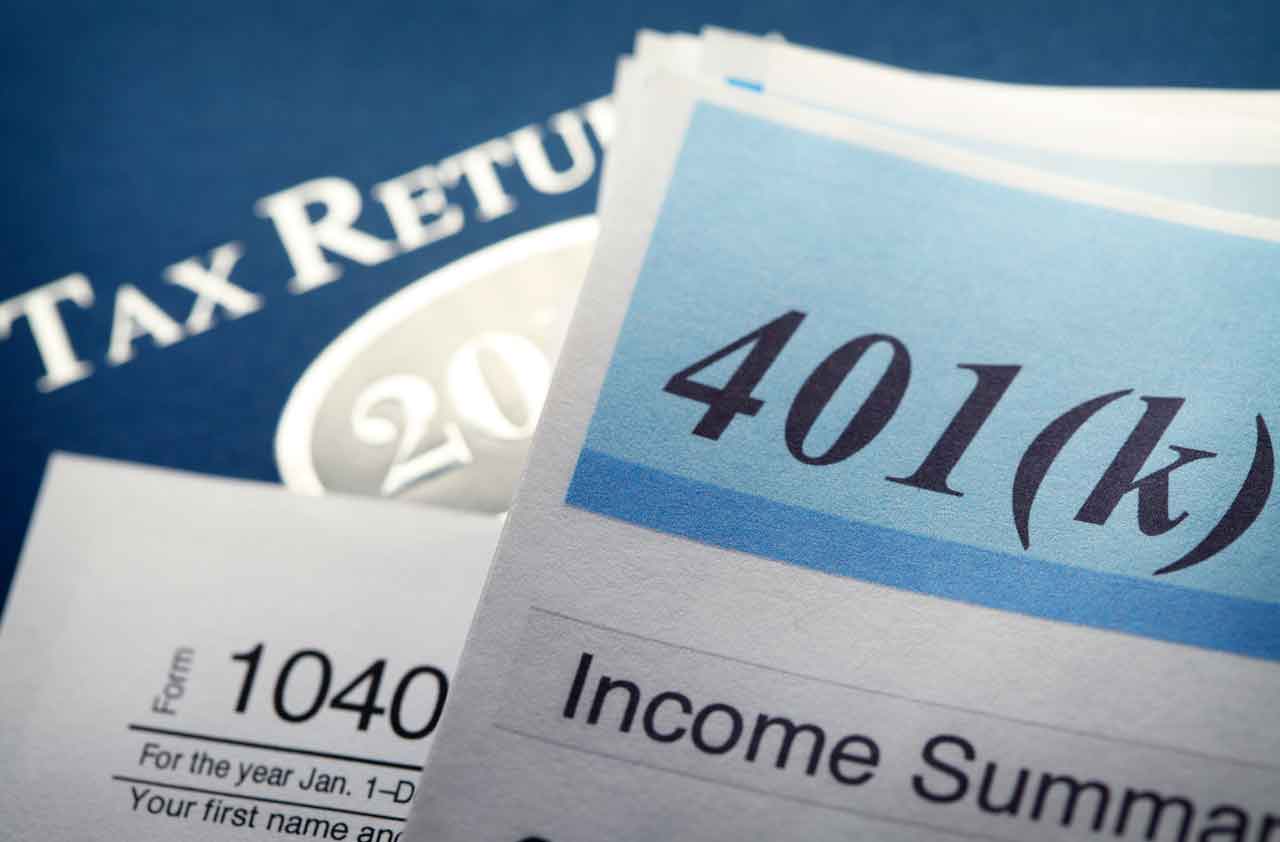Finding a Stock's Cost Basis
I will be selling PG&E stock soon and have no idea what the cost basis is. It was purchased between 1957 and 1980.

I will be selling PG&E stock soon and have no idea what the cost basis is. It was purchased between 1957 and 1980.
If you bought the stock yourself, your basis is what you paid for the shares, including brokerage commissions (different rules apply if you inherited the stock or received it as a gift). If you have your old trade confirmations, it'll be easy to look up the amount of money you originally invested.
But if you don't have that paperwork, then you'll have to take a few more steps to track down the cost. It's worthwhile to find out how much you paid -- otherwise, you'll get stuck paying taxes on the total value when you sell the shares rather than just on the earnings, leaving you with a much bigger tax bill than you actually owe.
From just $107.88 $24.99 for Kiplinger Personal Finance
Become a smarter, better informed investor. Subscribe from just $107.88 $24.99, plus get up to 4 Special Issues

Sign up for Kiplinger’s Free Newsletters
Profit and prosper with the best of expert advice on investing, taxes, retirement, personal finance and more - straight to your e-mail.
Profit and prosper with the best of expert advice - straight to your e-mail.
Ask your broker for some help. Brokers must keep records for six years, and some go back further (although you may have to pay a small fee to receive a duplicate statement).
If your broker doesn't keep records that far back, try to remember when you bought the shares and see what they were selling for then. A stock certificate might be dated or old tax returns might show when you began reporting dividend income. Then look up historical price quotes. If you can narrow down the purchase period to a few months, use the average price during that time as your basis and keep records of your methodology.
BigCharts is a great source for historical price information, but their records only go back to January 1985.
You may also find some helpful information at the investor relations page on the company’s Web site. PG&E’s site has a ton of good resources, including stock split and dividend history going back to 1912 and historical price going back to 1980. The site also has the contact information for the shareholder services department, which might be able to answer your questions about the share price before 1980.
Some companies, like AT&T, have a special Web page just for tax basis information, which includes a link to worksheets that can help you figure out your basis -- a tricky task if the company has had any spin-offs or mergers since you bought the stock.
If you still can't track down the basis, you could always give the stock away to charity rather than give cash. That way you'll never need to pay capital-gains taxes so you don't need to worry about finding out the basis, and you can deduct the current value of the stock when you give it as a charitable contribution, if you itemize.
Things are much easier if you inherited the stock. In that case, your basis is the stock’s value when your benefactor died.
Profit and prosper with the best of Kiplinger's advice on investing, taxes, retirement, personal finance and much more. Delivered daily. Enter your email in the box and click Sign Me Up.

As the "Ask Kim" columnist for Kiplinger's Personal Finance, Lankford receives hundreds of personal finance questions from readers every month. She is the author of Rescue Your Financial Life (McGraw-Hill, 2003), The Insurance Maze: How You Can Save Money on Insurance -- and Still Get the Coverage You Need (Kaplan, 2006), Kiplinger's Ask Kim for Money Smart Solutions (Kaplan, 2007) and The Kiplinger/BBB Personal Finance Guide for Military Families. She is frequently featured as a financial expert on television and radio, including NBC's Today Show, CNN, CNBC and National Public Radio.
-
 Dow Adds 646 Points, Hits New Highs: Stock Market Today
Dow Adds 646 Points, Hits New Highs: Stock Market TodayIt was "boom" for the Dow but "bust" for the Nasdaq following a December Fed meeting that was less hawkish than expected.
-
 5 Types of Gifts the IRS Won’t Tax: Even If They’re Big
5 Types of Gifts the IRS Won’t Tax: Even If They’re BigGift Tax Several categories of gifts don’t count toward annual gift tax limits. Here's what you need to know.
-
 The 'Scrooge' Strategy: How to Turn Your Old Junk Into a Tax Deduction
The 'Scrooge' Strategy: How to Turn Your Old Junk Into a Tax DeductionTax Deductions We break down the IRS rules for non-cash charitable contributions. Plus, here's a handy checklist before you donate to charity this year.
-
 It’s Not Too Late to Boost Retirement Savings for 2018
It’s Not Too Late to Boost Retirement Savings for 2018retirement Some retirement accounts will accept contributions for 2018 up until the April tax deadline.
-
 Making the Most of a Health Savings Account Once You Turn Age 65
Making the Most of a Health Savings Account Once You Turn Age 65Making Your Money Last You’ll face a stiff penalty and taxes if you tap your health savings account for non-medical expenses before the age of 65. After that, the rules change.
-
 Using a 529 Plan for High School
Using a 529 Plan for High School529 Plans You’re now able to withdraw up to $10,000 tax-free from a 529 plan each year for K-12 tuition.
-
 Reporting Charitable IRA Distributions on Tax Returns Can Be Confusing
Reporting Charitable IRA Distributions on Tax Returns Can Be ConfusingIRAs Taxpayers need to be careful when reporting charitable gifts from their IRA on their tax returns, or they may end up overpaying Uncle Sam.
-
 Ex-Workers Get More Time to Repay 401(k) Loans
Ex-Workers Get More Time to Repay 401(k) Loans401(k)s If you leave your job while you have an outstanding 401(k) loan, Uncle Sam now gives you extra time to repay it -- thanks to the new tax law.
-
 The 11 Most Valuable Personal-Finance Lessons of 2018
The 11 Most Valuable Personal-Finance Lessons of 2018Financial Planning How to reduce taxes and medical bills, help the next generation save for retirement and protect against identity theft were some of the issues on readers’ minds in 2018.
-
 The Rules for Making a Tax-Free Donation from an IRA
The Rules for Making a Tax-Free Donation from an IRAIRAs Making tax-free gifts to charity from an IRA is gaining in popularity among older investors, thanks to changes under the new tax law. Here’s what you need to know to make a qualified charitable distribution.
-
 New Rules on Capital Gains
New Rules on Capital Gainsinvesting Rates didn’t change, but they’re pegged to your income instead of your tax bracket.